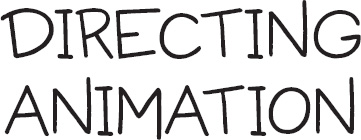
BY DAVID B. LEVY

2010 by David B. Levy
All rights reserved. Copyright under Berne Copyright Convention, Universal Copyright Convention, and Pan American Copyright Convention. No part of this book may be reproduced, stored in a retrieval system, or transmitted in any form, or by any means, electronic, mechanical, photocopying, recording or otherwise, without prior permission of the publisher.
Published by Allworth Press, an imprint of Allworth Communications, Inc., 10 East 23rd Street, New York, NY 10010.
14 13 12 11 10 5 4 3 2 1
Cover design by David B. Levy
Cover illustration by Bill Plympton
Interior design by Kristina Critchlow
Page composition/typography by Sharp Des!gns, Lansing, MI
LIBRARY OF CONGRESS CATALOGING-IN-PUBLICATION DATA
Levy, David B., 1973
Directing animation / by David B. Levy.
p. cm.
Includes index.
ISBN 978-1-58115-746-8 (pbk. : alk. paper)
1. Animation (Cinematography)Vocational guidanceUnited States. I. Title.
NC1765.L47 2010
791.4334dc22
2010025104
ISBN: 978-1-58115-746-8
eISBN: 978-1-58115-775-8
Printed in the United States of America
DEDICATION
I was born with a career hero. Picture MAD MENS Don Draper without the booze, cigarette smoking, womanizing, and deceitful dual identity, with only good looks and a talent for advertising remaining, and you have my dad. To further separate him from Mr. Draper, my dad not only invented campaigns, as a talented artist he also sketched them. This means I grew up on the day-to-day stories of his life as one of the big apples real-life MAD MEN. He spent his career in advertising as a top art director, which is sort of like that industrys version of an animation director. Despite all of my dads amazing success in the industryfrom graduating from Cooper Union to working as a senior art director at such agencies as Benton & Bowles, Grey Advertising, and J. Walter Thompsonthe real challenge in many of his work stories was the difficulty of maintaining working relationships. This included collaborating with copywriters, assuring account people, and pleasing agency presidentsnone of which could be accomplished solely with a magic marker and a pad of paper. Not only did i take that lesson to heart, it also inspired the writing of this book thirty-six years later. Thanks, dad.
ACKNOWLEDGMENTS
H ow do you solve a problem like Maria? How do you thank someone who has taken you from crayons to perfume? And how many licks does it take to get to the center of a Tootsie Pop? I dont profess to have the answers to these questions, but, thankfully, they dont appear elsewhere in this book, so we can just ignore them. According to the cover, this is a book about Directing Animation, and who am I to disagree?
One doesnt direct animation in a vacuum (for one thing it would be too noisy and too distracting with all the dust bunnies constantly circling overhead). To direct animation is to collaborate with a host of artists, writers, creators, producers, and production staff of all stripes on a daily basis, sometimes while drinking coffee and sometimes not. And while coffee might be optional, extending a hearty thanks to all the fine folks who lent their years of expertise to this book is not.
First off, Id like to tip my hat to some of todays top indie animation directors who participated in this book. A hat-full of thanks to Cordell Barker, Signe Baumane, Don Hertzfeldt, Marv Newland, Janet Perlman, Bill Plympton (who also provided the cover illustration!), and Michael Sporn. My most commercial thanks to commercial directors Mike Overbeck, PES, J. J. Sedelmaier, and Dave Wasson. A series of thank- yous to TV series animation directors Jeff Buckland, Ian Jones-Quartey, Robert Marianetti, David J. Palmer, Sue Perrotto, Rob Renzetti, David Wachtenheim, and Tom Warburton. Full-length thanks to feature directors Paul Fierlinger, Yvette Kaplan, Nina Paley, Andrew Stanton, and TatiaRosenthal. And, last, but not least, a World Wide Web full of gratitude to Web animation directors Xeth Feinberg, Dan Meth, and Amy Winfrey.
Id also like to thank (but mostly apologize to) all the animators (and other staff) who taught me much more than I taught them. The lessons we learned together still haunt my nightmares, invade my dreams, and sometimes interrupt my lunch. Most importantly, they reside in this book for all to see, snicker at, and poke with a stick.
A shout out to industry pals Elliot Cowan, Dayna Gonzalez, Linda Simensky, and Justin Simonich for sharing experiences, insights, and the common cold.
Special thanks to David J. Palmer and Blues Clues for giving me a first opportunity to direct and to Carl W. Adams, Andre Lyman, and Carrie Snyder for trusting me to direct a series for Cartoon Networks Adult Swim called Assy McGee, hereby ensuring that my resume could never be read with a straight face again.
Finally, special thanks to my wife, Deborah M. Staab, who not only read this book before you did, but also suggested I write it in the first place. If you pick up any tips from Directing Animation, its all her fault. And now its time for me to slip on my old-timey directors outfit, complete with riding crop, jodhpurs, boots, beret, and megaphone. Whether or not youre ready for your close-up, Mister DeMille, its time for lights, camera, action.
INTRODUCTION
AS TEARS GO BY
 Its mighty helpful to have a good sense of humor and a level of patience that will allow you to deal with all sorts of ludicrousness.
Its mighty helpful to have a good sense of humor and a level of patience that will allow you to deal with all sorts of ludicrousness.
J. J. Sedelmaier, TV and commercial animation director
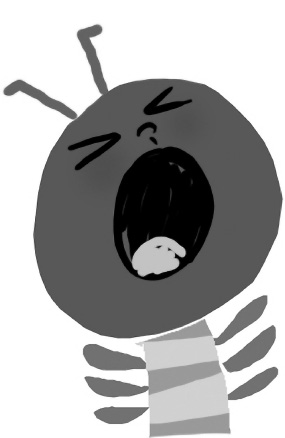
A drawing from my in-progress independent short, Keisha Katterpillar. Ill second that emotion.
T heres no crying in baseball, but Im living proof that salty tears may be shed in the typical fast-paced day of an animation director. It has been said that in the movie business, one works on something until its right, and in TV, one works on something until its Friday. To date, most of my directing experiences have been on Fridays, working on episodic animated television series. And on one job, one fateful day, emotions came to the fore and the pressure was building to a head. One animator only delivered a half days work for a full days pay, one battled every note, one slept at his desk, one decided to not show me any work for two weeks, one was used to his previous director finishing all his work for him, one over-thought everything and worked too slowly, one would not improve his work to meet the increasing standards of the production, one worked off-site (preventing him from benefiting from the natural cross-training that goes on when working in-house), and one was only excited to work on a few moments in each sequence. Oh, and one little piggy went to market, one little piggy stayed home.
Most of them were great people and good animators. Obviously Ive oversimplified each into a problem because, while not all directors stories will be so extreme, it is typical for any crew to exhibit shades of some or all of these behaviors or traits. Also, as excellent as the production was, this was not everyones dream job. Some were marking time and bored. As a director you need to reach all the members of your team (even if they are sitting on a very high shelf). Each day is a challenge and an opportunity, to light a fire of enthusiasm or discover the root of a problem in order to help someone achieve his or her best work.
Next page
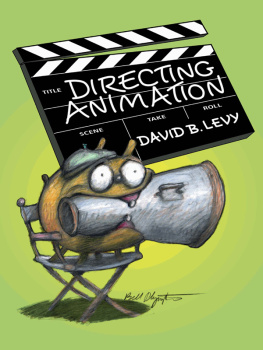
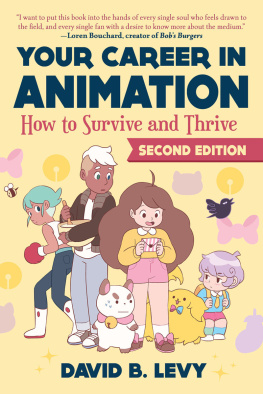

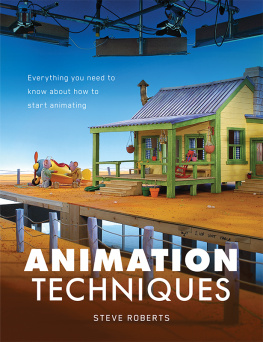
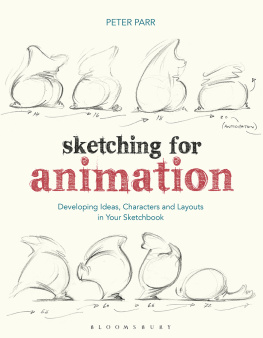
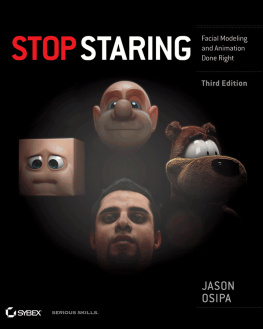
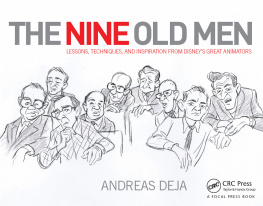

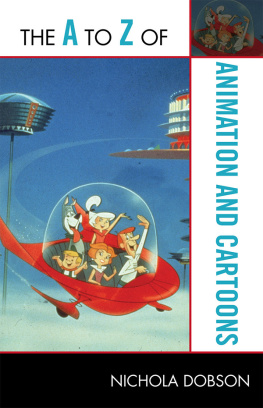


 Its mighty helpful to have a good sense of humor and a level of patience that will allow you to deal with all sorts of ludicrousness.
Its mighty helpful to have a good sense of humor and a level of patience that will allow you to deal with all sorts of ludicrousness.
